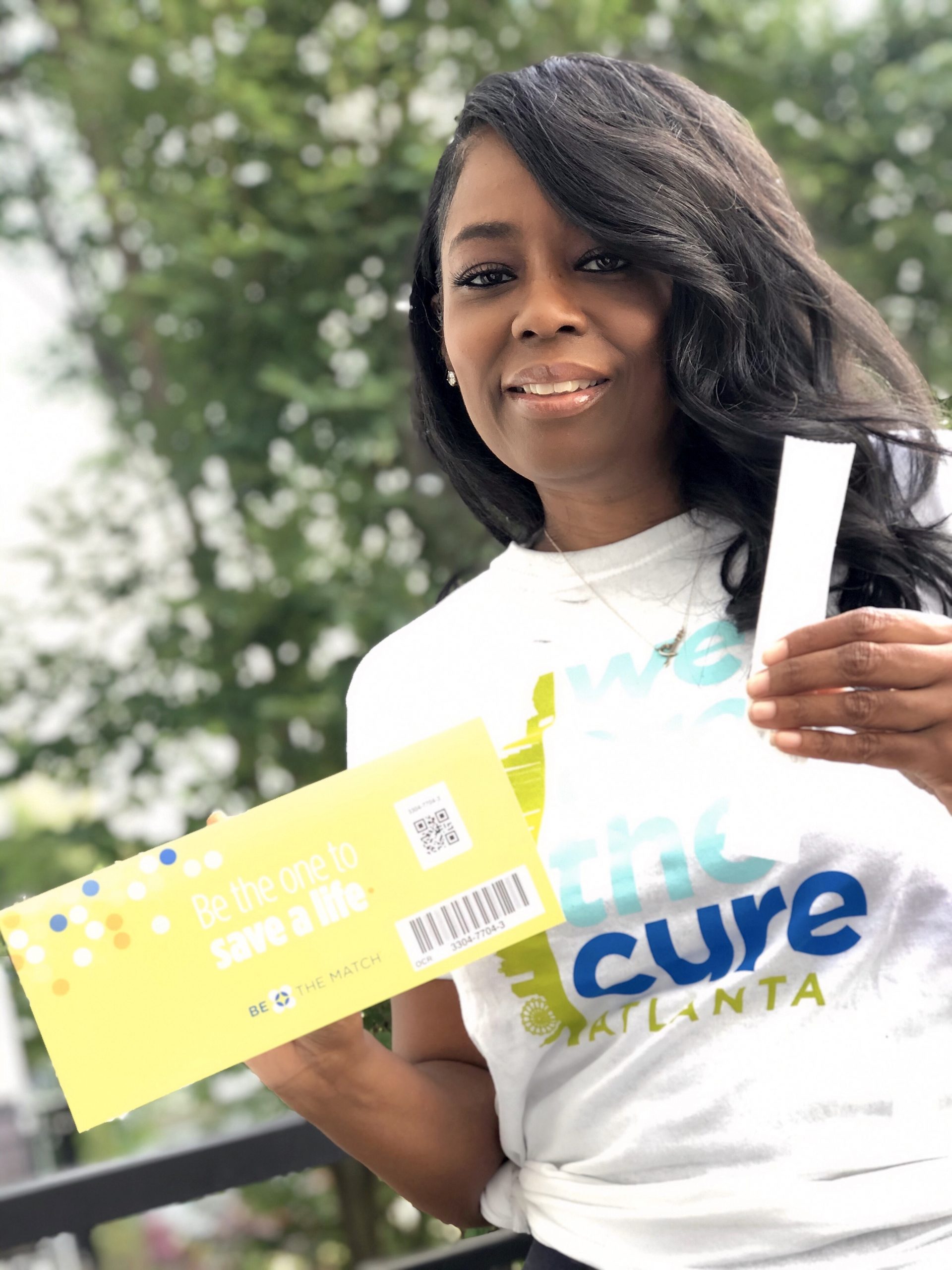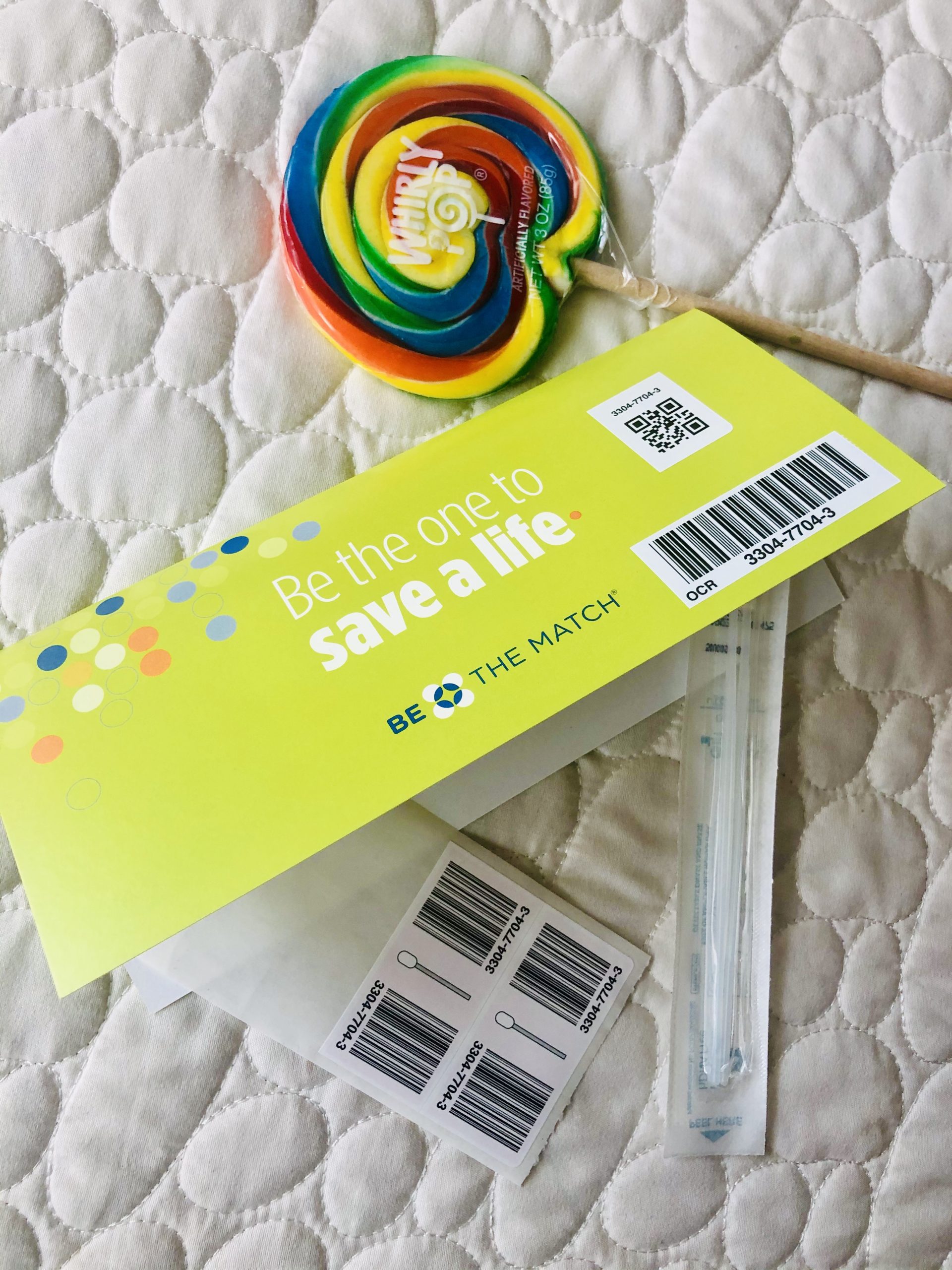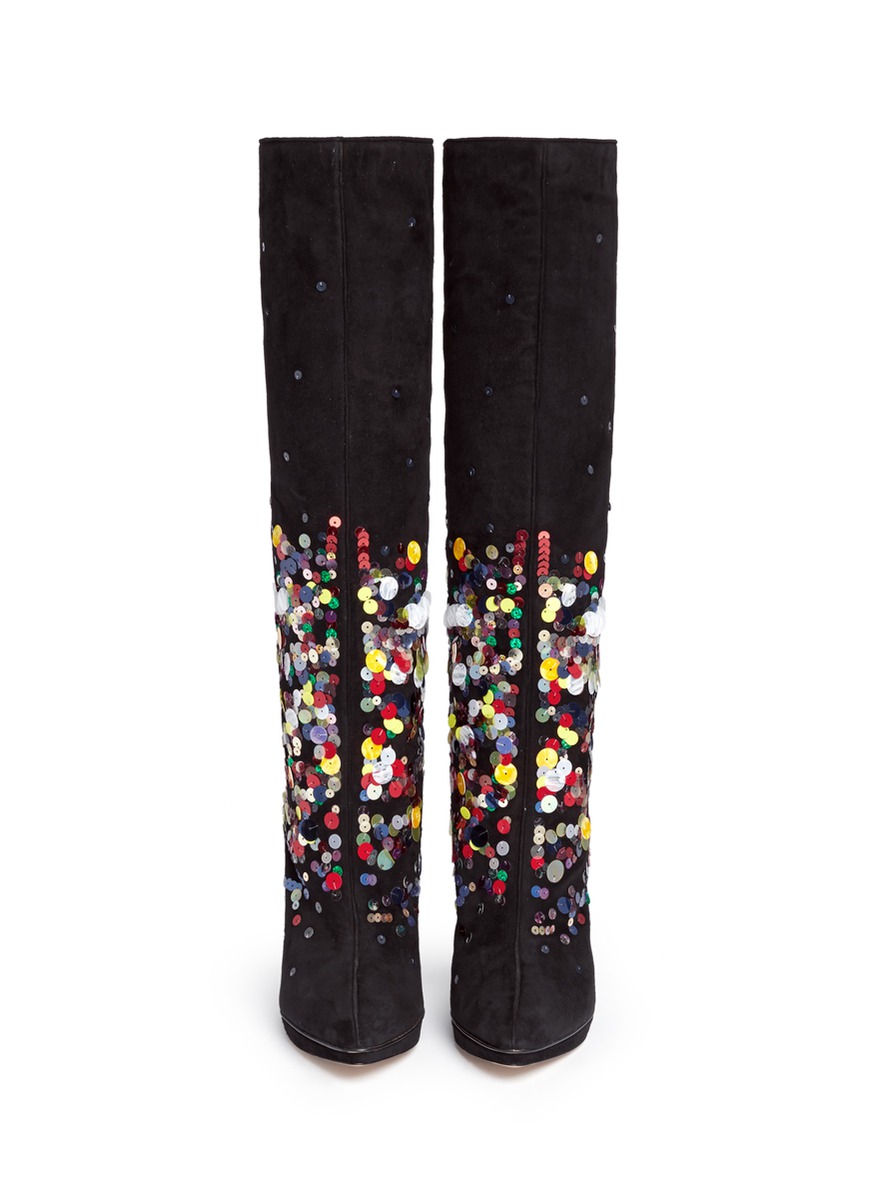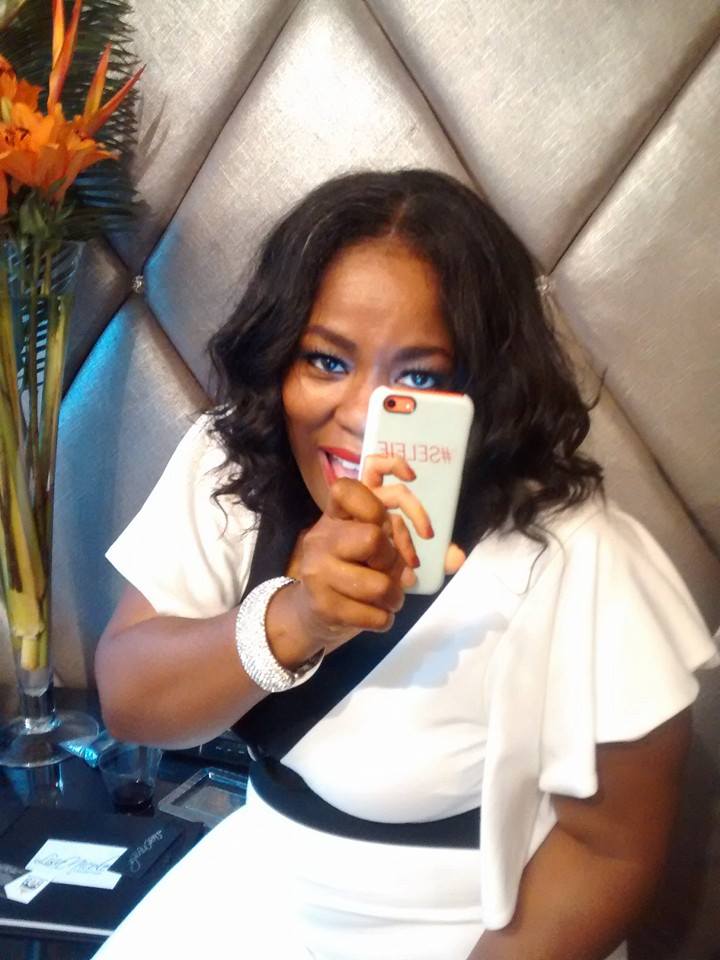Hey guys, I wanted to share with you some great news and information. As some of you are aware of, I never knew my dad. As I get older, I am always concerned when certain health issues arise and I am constantly calling my mom to ask her certain questions or other members in my family. I received an email recently from, Be The Match where they help people who are in need of donors and more! I was excited to learn about the company and what they have to offer. I have tons of relatives that have been diagnosed with kidney failure, diabetes, high blood pressure, cancer and more.
Some are in need of kidney transplants and still have not found a match or donor. Be The Match is a website where you can register. They help patients with donors and they might can find a donor for you. All you have to do is have a test kit sent to you, you swab your mouth and send it off. Later you get your test results and that’s it! Only 4% of African Americans are signed up for this great program and that’s where I come in to share the news with you! Check out all the information inside, it’s so informative and you can share and tell your family members and friends all about it!
Our Mission: We Save Lives Through Cellular Therapy
Our Vision: Democratize cell therapy and deliver equal outcomes for all
- In 1987, the United State Congress authorized the establishment of a national registry of volunteer bone marrow donors, the National Marrow Donor Program, currently named Be The Match.
- For patients with blood cancers like leukemia and lymphoma, and other life-threatening diseases, such as sickle cell disease, a cure exists. Be The Match is a community of donors, volunteers, health care professionals and researchers who deliver cures by helping patients get the life-saving blood stem cell transplant they need.
- Every three minutes someone is diagnosed with a blood cancer. SOURCE: Seer.
- Seventy percent of patients do not have a fully matched donor in their family. They depend on Be The Match to find an unrelated donor.
- Be The Match facilitates more blood stem cell transplants every year, including 6,553 transplants in 2019, for a total of more than 100,000 transplants since 1987.
- The organization has implemented a strategic plan with a goal of doubling the number of lives saved in underserved populations by 2023. Part of that commitment includes a campaign that launched in Atlanta in 2020 specifically aimed at enlightening, engaging and empowering the African American community to address the disparity on the registry and change outcomes for Black patients searching for a match.
Connecting Patients with their Donor Match
- The Be The Match Registry® is the world’s largest and most diverse donor registry. We have more than 22 million potential blood stem cell donors and more than 300,000 cord blood units on the Be The Match Registry. Our organization provides patients with access to more than 35 million potential donors and more than 783,000 umbilical cord blood units on U.S. and global registries.
- Because genetic markers used in matching are inherited, donors are most likely to match someone who shares the same ethnic background. A patient’s likelihood of having a matched, available donor on the Be The Match Registry ranges from 19 percent to 80 percent, depending on their ethnic background.
Donating Marrow, Peripheral Blood Stem Cells (PBSC) or Umbilical Cord Blood
- A blood stem cell transplant replaces a patient’s unhealthy blood-forming cells with healthy ones. The cells used in transplants come from three sources: marrow, peripheral blood stem cells (PBSC) and umbilical cord blood.
Adults may be asked to donate one of two ways:
-
- About 79 percent of the time, a patient’s doctor requests a PBSC donation, a non-surgical, outpatient procedure similar to donating platelets or plasma.
- About 21 percent of the time, a patient’s doctor requests marrow, a surgical, outpatient procedure that takes place at a hospital. General or regional anesthesia is always used.
- About 1 in every 430 U.S. Be The Match Registry members go on to donate to a patient.
- A third source of cells used in transplants is cord blood, which is collected from the umbilical cord and placenta immediately after a baby is born. It is stored at a public cord blood bank and the cord blood unit is listed on the Be The Match Registry. There is no cost for parents to donate cord blood. Ten percent of transplants last year used cord blood.
Joining the Be The Match Registry
- The public can join the Be The Match Registry online at BeTheMatchATL.org. To join, people need to meet age and health guidelines and be willing to donate to any patient in need. Registration involves completing a health history form and giving a swab of cheek cells.
- More young people of diverse racial and ethnic heritage are needed now to help patients searching for a match. People between the ages of 18 and 44 are most urgently needed since they are requested by transplant doctors more than 86 percent of the time, and research shows that these donors provide the greatest chance for transplant success. People between the ages of 45 and 60 who want to join the registry are welcome to do so online with a $100 tax-deductible payment.
Disparity on the Be The Match Registry
- Be The Match is dedicated to providing all patients an equal chance at finding a match regardless of racial or ethnic background. However, racial and ethnic disparities exist on the registry.
- Black patients have a lower chance of finding a match than other races and ethnicities. Black or African American patients only have a 23% chance of finding a perfectly matched donor; a white patient has a 77% chance. Of 22 million potential donors, only 4% are Black or African American.
- Be The Match acknowledges that this disparity is partly a result of systemic injustices African Americans have experienced historically as well as in the present day, which results in distrust of healthcare organizations, and privacy concerns for an organization requesting DNA samples. In addition, there is generally low awareness of the diseases that can be cured by bone marrow transplants and the disparity affecting Black and African Americans.
- Genetic type used to match donors and patients is much more complex than matching blood type. In fact, they don’t need to be the same. The patient’s blood type will change to the donor’s blood type after transplant.
This was a sponsored post but the views and opinions are my own.






